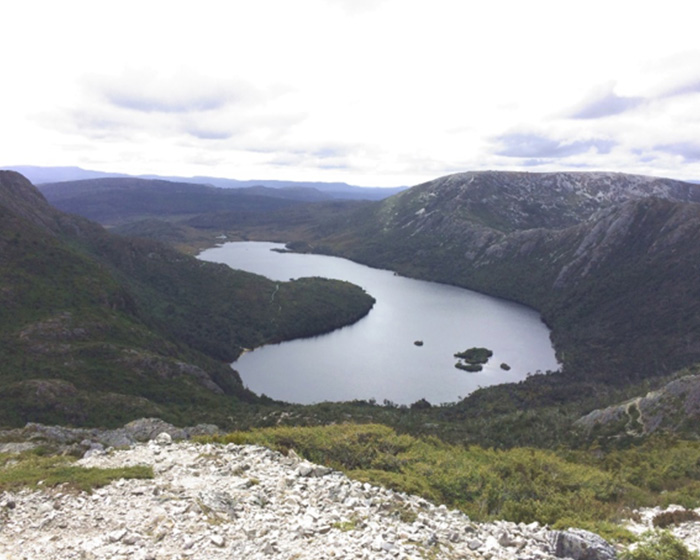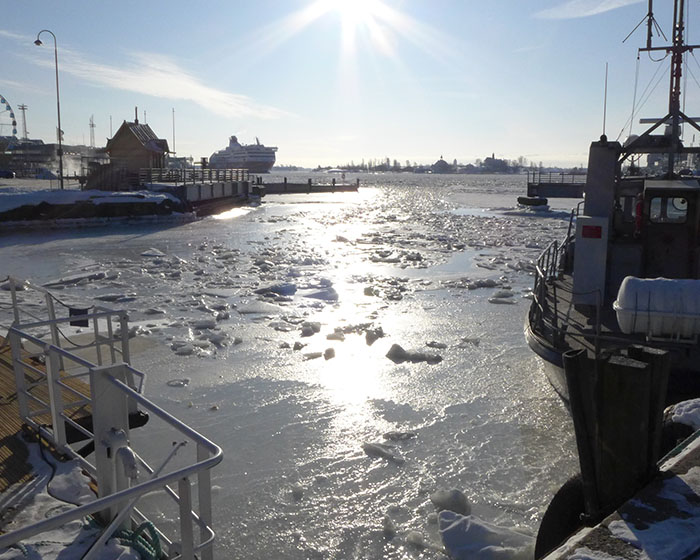The Greenland Ice Sheet and Global Warming

The Greenland Ice Sheet and Global Warming
The Greenland Ice Sheet is a giant reservoir of ice that contains enough water to ultimately raise global sea-level by seven meters. Prof. Edward Hanna recently led an international team involving Belgian, Danish, Swiss and American glaciologists and climatologists that published work (International Journal of Climatology, 2020) which quantifies the response of the Greenland Ice Sheet to climate change, based on weather station data and computer modelling. He is also involved in further work that is currently extending Greenland Ice Sheet surface mass balance (monthly snow accumulation minus surface meltwater runoff) records back to 1806. This body of work helps inform estimates of climate-cryosphere sensitivity and global sea-level rise, and our previous results have been used by the Intergovernmental Panel on Climate Change.
Our recent published results provide an updated analysis of Greenland surface air temperature data for the last three decades through to 2019, focusing mainly on coastal weather stations but also analysing records from relatively long-running sites on the interior plateau of the ice sheet. We found that Greenland coastal regions warmed significantly by about 4.4 degrees Celsius in winter and 1.7degC in summer from 1991 to 2019. Our work, combining Greenland temperature data with computer model output of ice-sheet mass balance for 1972 to 2018, shows that each 1degC of summer warming corresponds to some 91 billion tons per year of surface mass loss and 116 billion tons per year of total mass loss from the ice sheet. Prof. Hanna’s research team used some of the latest available global and regional climate modelling tools to estimate that, under sustained strong global warming, Greenland is likely to warm 4.0 to 6.6 degC by the year 2100. These recent and projected future Greenland warmings are considerably greater than global temperature changes for equivalent time periods, reflecting a high sensitivity of the polar regions to climate change. We then used the relation we derived between recent changes in Greenland summer temperature and surface mass balance to calculate a 10 to 12.5 centimetres increase in global sea level by 2100 arising from increased Greenland ice melt and surface mass loss.
Find out more about LCGR other research

Past Climate Trends and Impacts
Find out more about how within our research we explore past climatic change using reconstructions for natural archives and documentary records.

Climate Change Education
Find out more about how our study uses educational games in a new approach to climate change education.

Arctic Mid-latitude Climate and Weather Linkages
Find out how we are engaged with international researchers in order to establish the links between Arctic Amplification and mid-latitude weather and its impact on extreme weather events.
Contact Us
School of Geography, College of Health and Science
University of Lincoln, Think Tank, Ruston Way, Lincoln, LN6 7DW
Tel: +44(0)1522 835820